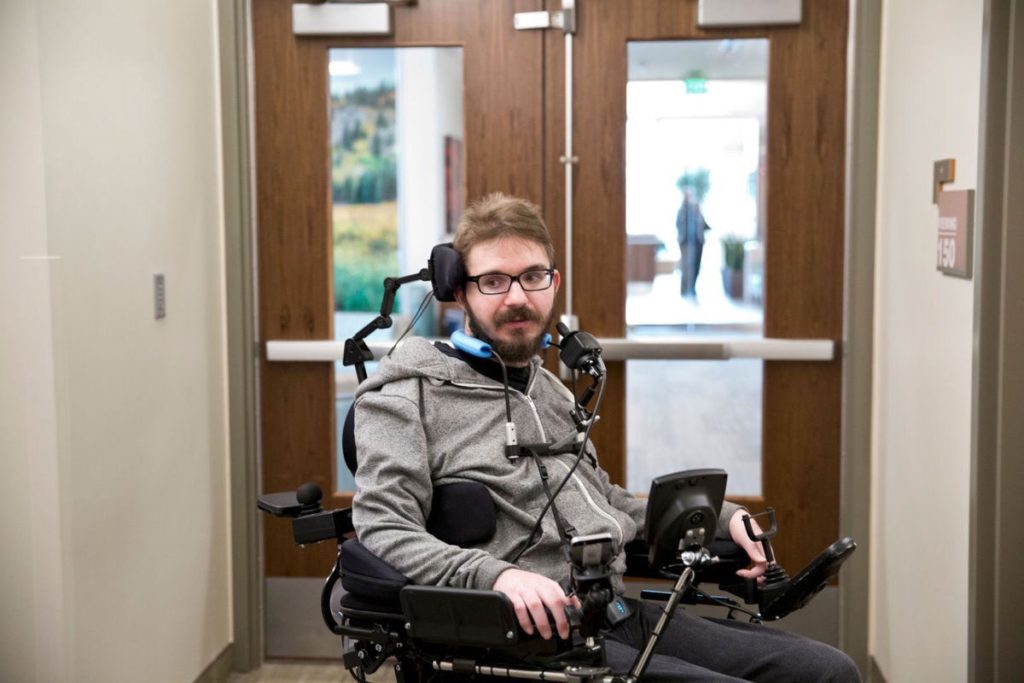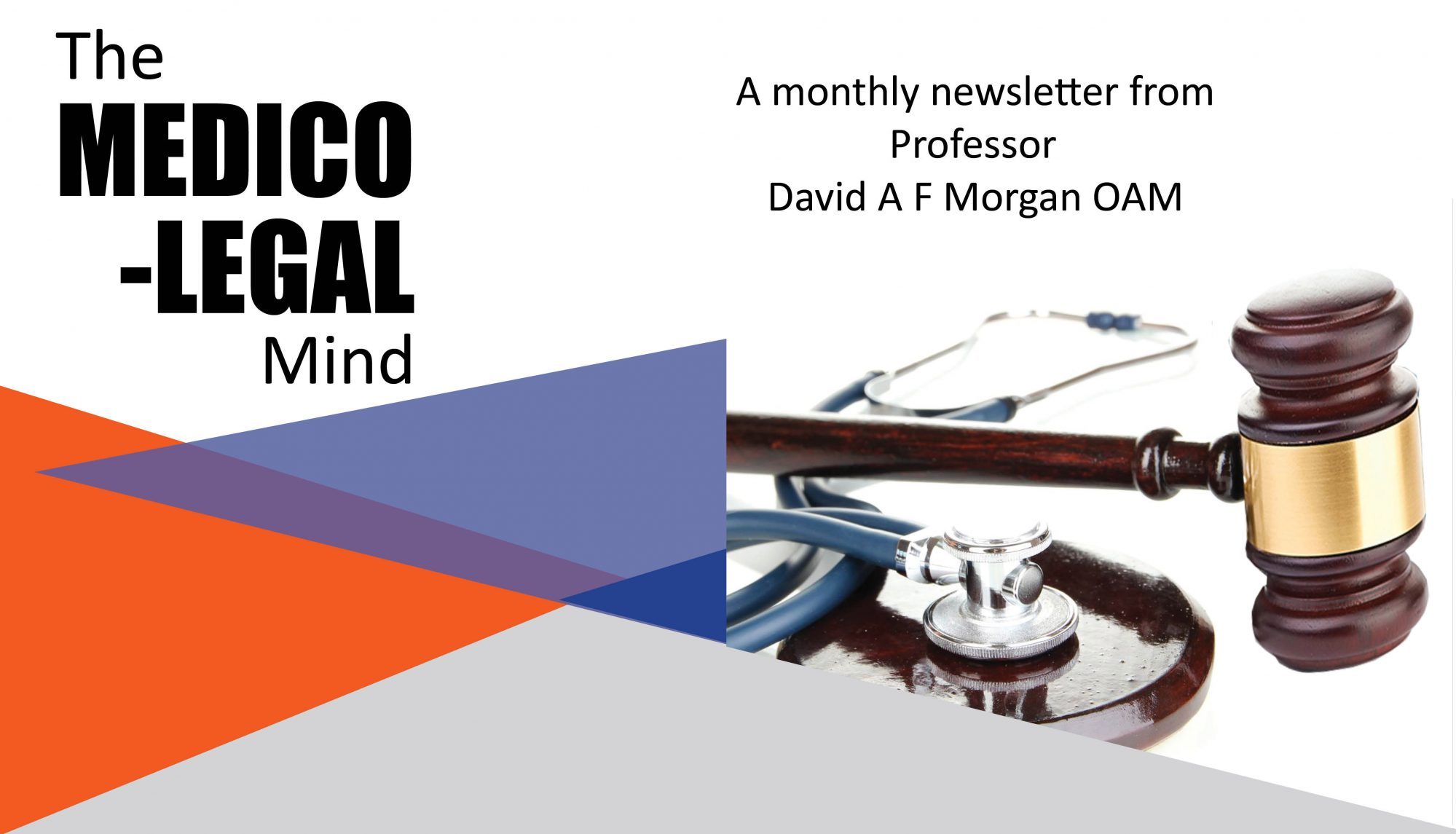GENERAL ADVICE – JUNE 2018
Too Soon, Too Far
I am referring to the question of when it is appropriate to have your plaintiff examined for medicolegal purposes. When does the patient reach Maximal Medical Improvement? When is the condition following the accident stable and stationary?

There is no easy answer, although some yardsticks do exist. For example, patients suffering with musculoligamentous strain injuries of the cervical spine (the so-called whiplash injuries), can still show signs of gradual but significant improvement for up to 18 months following the index accident. Measuring an impairment and quantifying a loss prior to that time could therefore be premature. This will be of special relevance to defendant lawyers since their clients may be expected to pay prematurely and unreasonably. A significant quantum handed over at settlement may ultimately seem gratuitous if that particular plaintiff eventually returns to complete symptomatic normality.
Conversely, there are some injuries which declare themselves in their entirety at the outset. Irreversible quadriplegia with complete transection of the cervical spinal cord will not recover. Although significant advances are being made with stem cell therapies, there is no current or future envisaged therapy for such a devastating lesion. Rather than wait for months or years, it may be kinder to all involved to assess and settle early.

The medicolegal reporter also has an obligation. Through no fault of anybody, some solicitors may refer their client for assessment sooner than would normally be desirable. For example, the cervical spinal musculoligamentous injury may be sent for an examination and report ten months following the accident. All too often, the orthopaedic reporter does opine as though Maximal Medical Improvement has been reached and a quantum impairment assessment is provided. An alternative approach would be to honestly declare that Maximal Medical Improvement has not yet been reached but by way of assistance, and given the natural history of the condition exhibited by the plaintiff, the medicolegal reporter could provide some advice to the Court. For example, that plaintiff may exhibit features consistent with Diagnosis Related Estimate Category 2 in Chapter 15 of the AMA 5 Guides. This would yield a loss of between 5% and 8% of whole person function. The plaintiff may still be suffering considerably with quite marked changes and non-verifiable radicular signs and reach that 8% threshold. The plaintiff did indicate however that he was still gradually improving. The magnitude of the injury was such that the medicolegal reporter may consider that a return to normality was never likely. However, the reporter may further conclude that some improvement was likely and that the loss may reduce to something in the order of 5% or 6% of whole person function.

1051001
This type of opinion, expressed transparently and with full explanation, could be of great assistance to both sides of the legal table. A rational discussion could take place at mediation and a settlement satisfactory for all involved could be reached.
No two medicolegal assessments are the same. There are however common themes, and this is one of them. It would be useful if your medicolegal expert engaged with you at this level.
